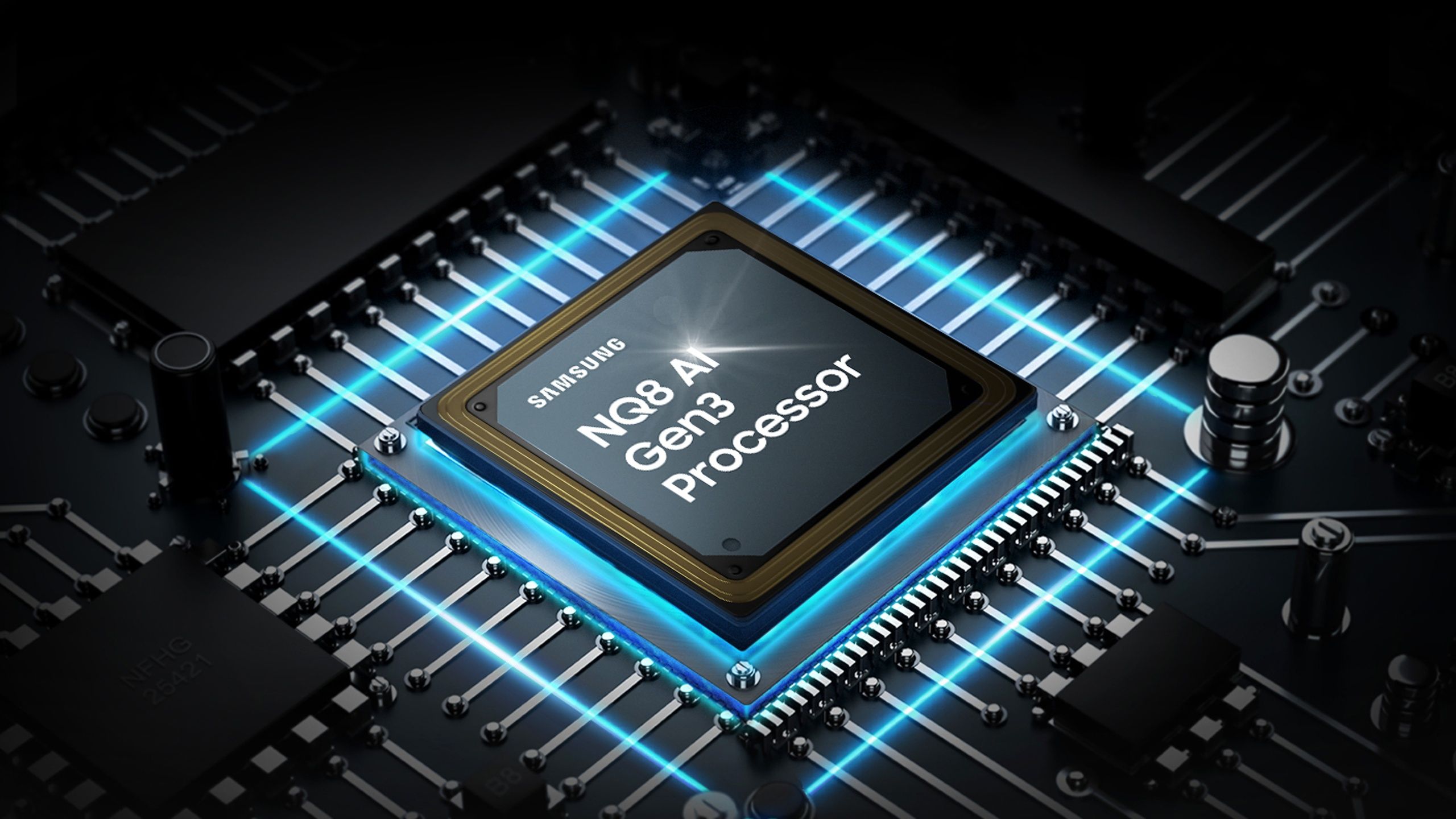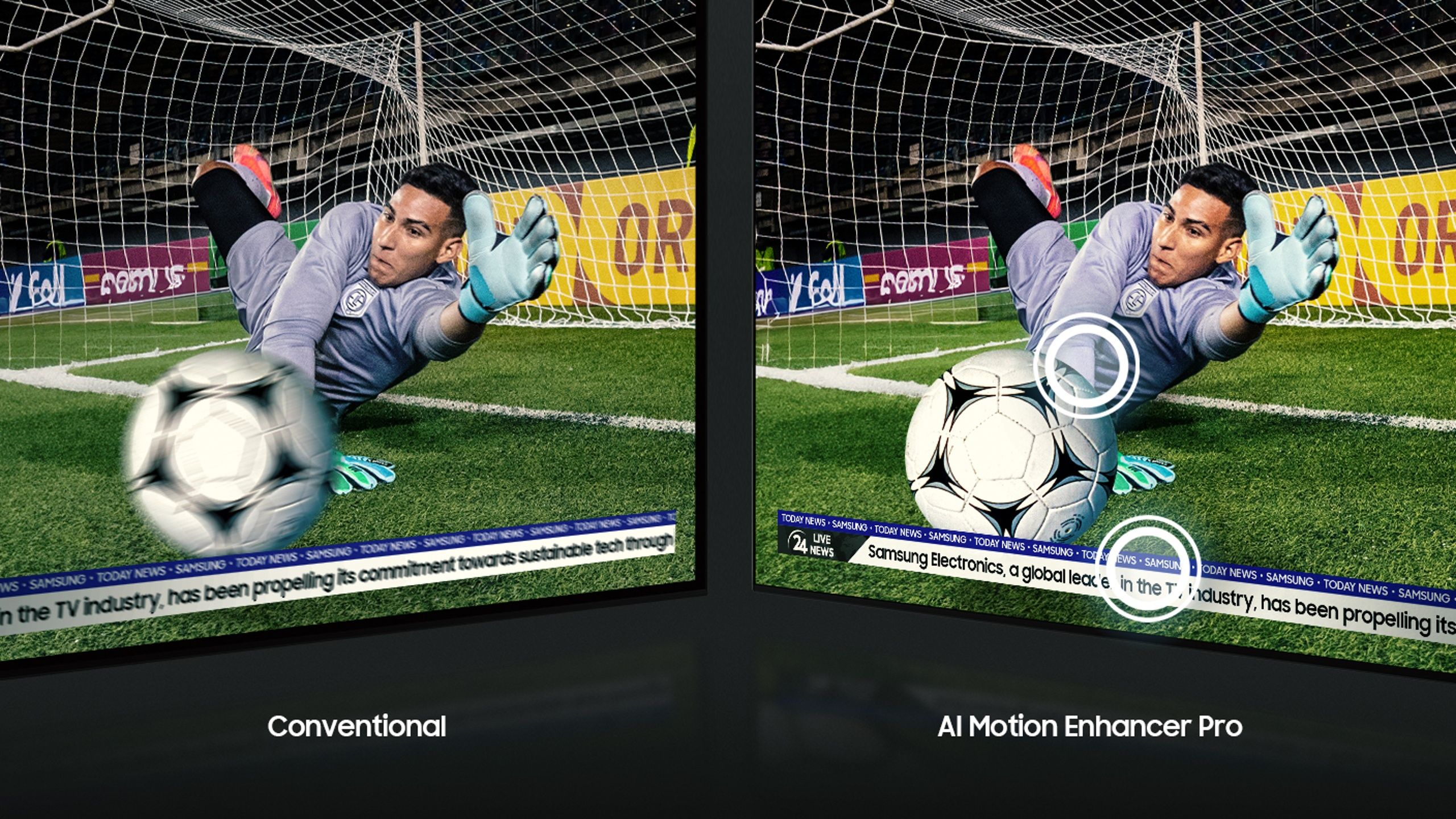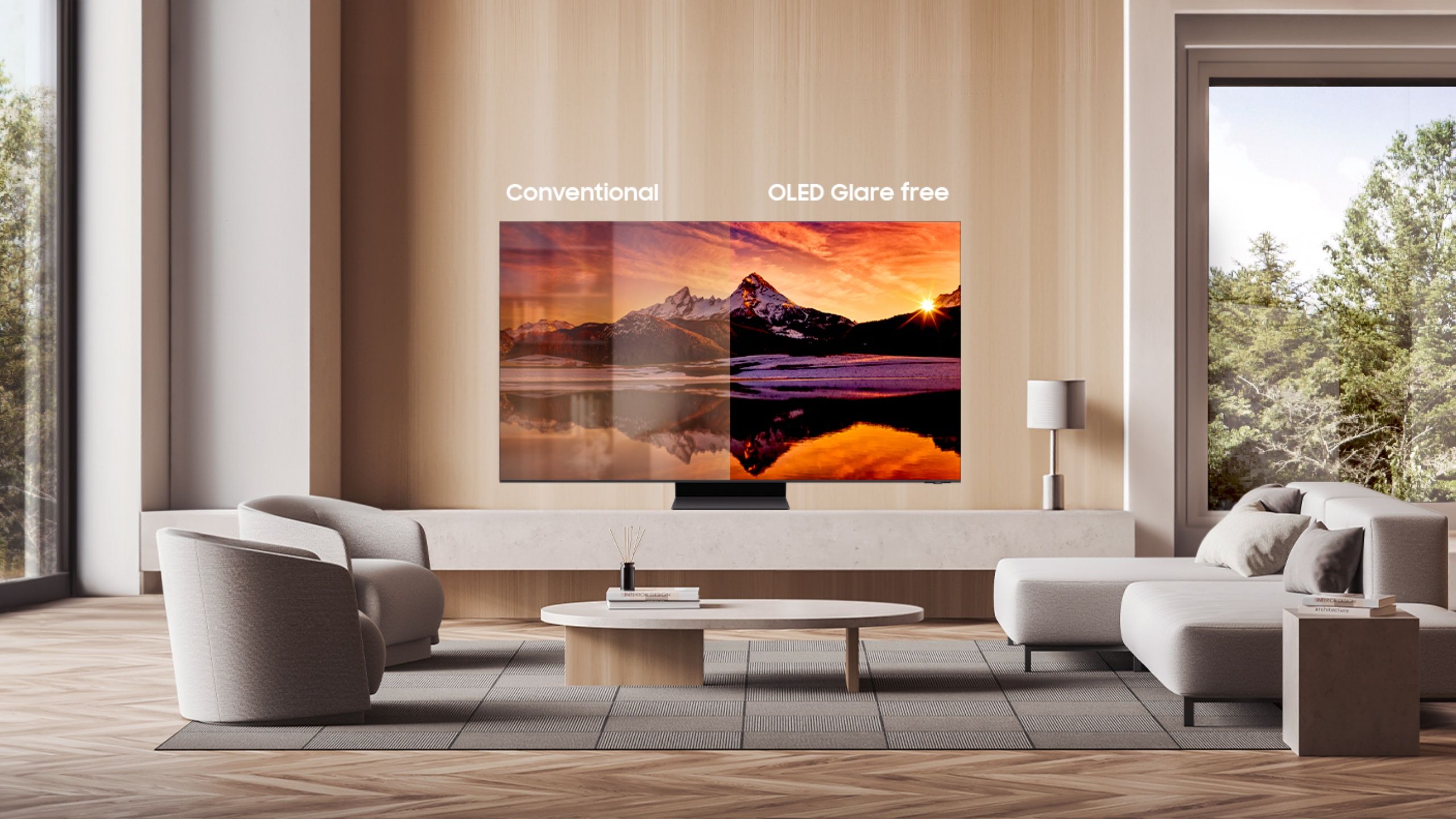Samsung TVs are so ubiquitous because the company basically has a model and price point for every customer, and Samsung makes some of the best monitors around (assuming you’re not looking at an LG OLED). For 2024, Samsung is updating its Neo QLED and OLED range, relying on new and improved chips and artificial intelligence to adjust what you’re watching and upscale low-resolution video into 4K and 8K — because Samsung still The same goes for efforts to popularize 8K screens.
Whether you’re looking for a giant bezel-less port-less screen or a more manageable 4K OLED screen, Samsung has you covered, but if you’re new to Samsung’s changes, here’s an overview.
We reported on Samsung’s 2024 TV lineup during CES 2024 earlier this year, but the new TVs are finally available for pre-order during the company’s unboxing and discovery event on Thursday, March 21, 2024. We noticed that while Samsung announced these products as “pre-order,” the shipping times for these models show that they will ship from Samsung directly or Amazon as soon as March 27.
Samsung’s announcement comes with the add-on available for pre-order via its website. When you purchase any 2024 Neo QLED 8K, Neo QLED 4K, 4K OLED or Frame, you will receive a free 65-inch TU690T Crystal UHD TV (on sale from March 21 to April 11, while supplies last).
Whether you’re looking for a giant bezel-less port-less screen or a more manageable 4K OLED screen, Samsung has you covered, but if you’re new to Samsung’s changes, here’s an overview.
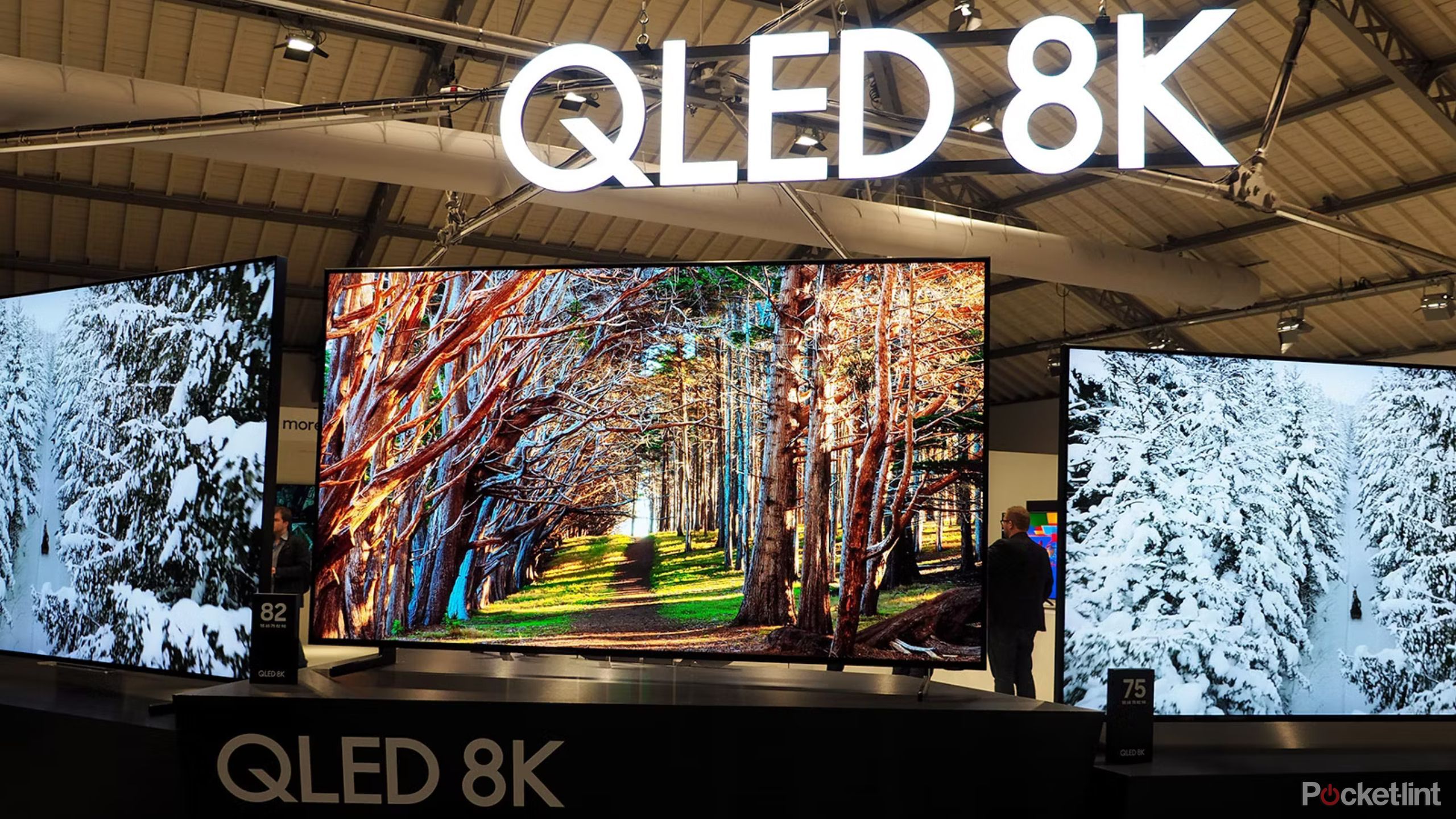
Best Samsung TVs: QLED, Mini LED, and More
Samsung is a pioneer in display technology. Here are which TVs make the most of their technology.
Samsung
Samsung Neo QLED 8K TV
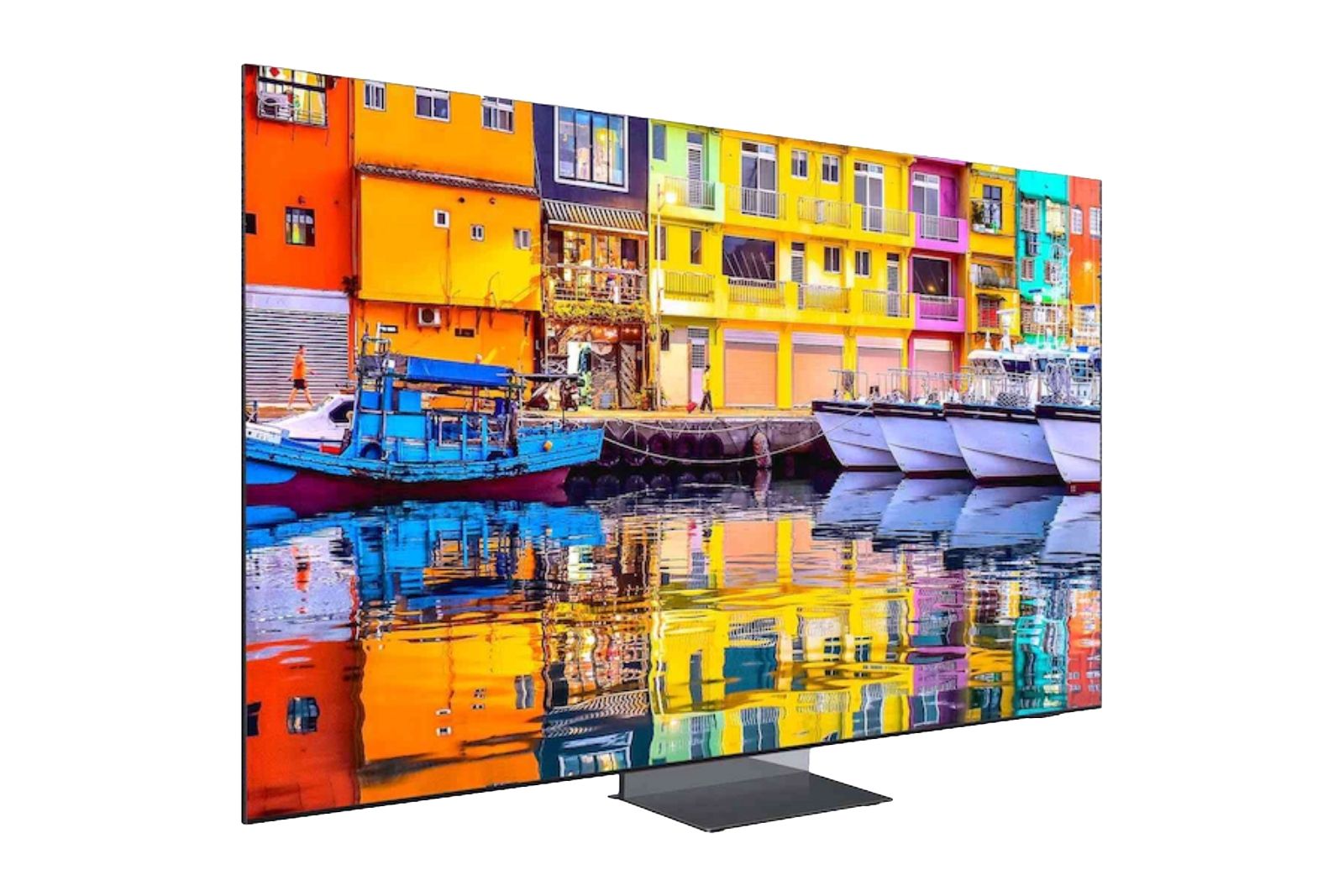
Samsung Neo QLED 8K QN900D
Samsung Neo QLED 8K TV features a bezel-less, ultra-thin design that upscales whatever you feed into smooth 8K images. Available in 65, 75, and 85-inch models.
Ranging in size from 65 inches to a massive 85 inches, the Samsung Neo QLED 8K QN900D is the most premium of the company’s flagship TVs, with prices starting at a whopping $5,000. The 8K screen is bezel-less and ridiculously thin, thanks to Samsung’s decision to move most of its ports onto a groundbreaking “One Connect” box that can be mounted on the back of a TV or stored separately in a bookcase or media device. All models also feature the Samsung NQ8 AI Gen3 processor, which can upscale anything you watch to 8K, since most TV shows and movies max out at 4K, and for broadcast TV, the resolution is even lower.
The chip also supports features like Samsung’s True Depth Enhancer Pro, which attempts to “create depth between the foreground and background”[finding] focus sum in each frame [adjusting] “To get a full dimensional picture,” according to its product details. Even if you’re not worried about the QN900D’s AI capabilities, you’ll want to consider the usual smart TV bells and whistles, like Samsung’s Gaming Hub, which bundles game streaming services into a convenient location and supports high-end audio like Dolby Atmos. audio standards and a 240Hz refresh rate.
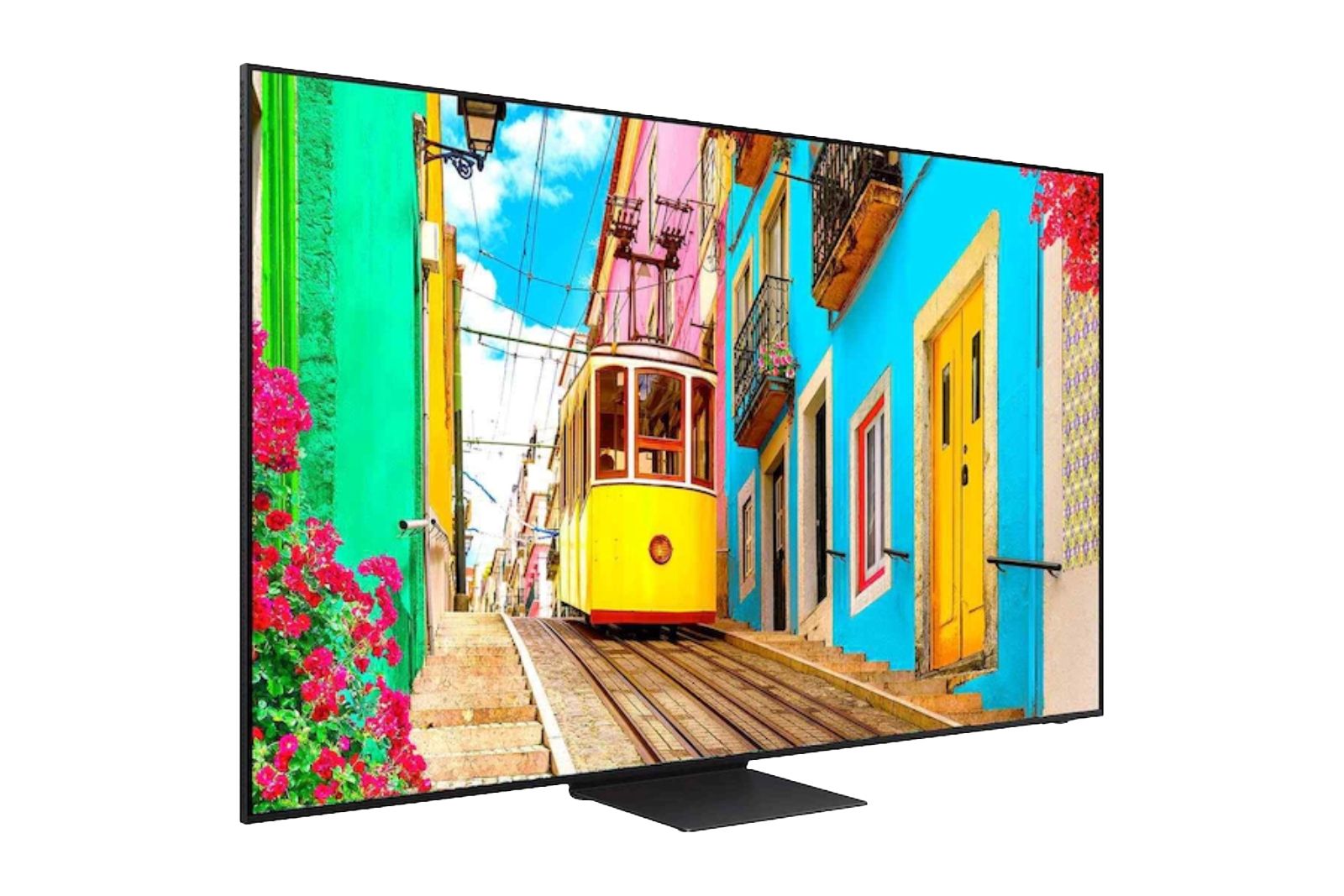
Samsung Neo QLED 8K QN800D
Samsung’s cheaper Neo QLED 8K TV has larger bezels and a slightly less slim body, but is equally capable of playing 8K content and upscaling everything else to fit. Available in 65-inch, 75-inch and 85-inch models.
Samsung also sells a cheaper version of its 8K TV called the Neo QLED 8K QN800D, which costs $3,500. It still uses the company’s One Connect Box to keep the TV itself slim, and comes with features like the Samsung Gaming Hub for playing game streaming services, AI upscaling for creating 8K content, and Real Depth Enhancer Pro.
Price aside, the key differences are that it does have visible bezels, isn’t as thin as the more expensive 8K models, and has a top refresh rate of 165Hz. That doesn’t mean it’s not a luxury TV, but it might be important to you, the intrepid 8K enthusiast.
Samsung
Samsung Neo QLED 4K TV
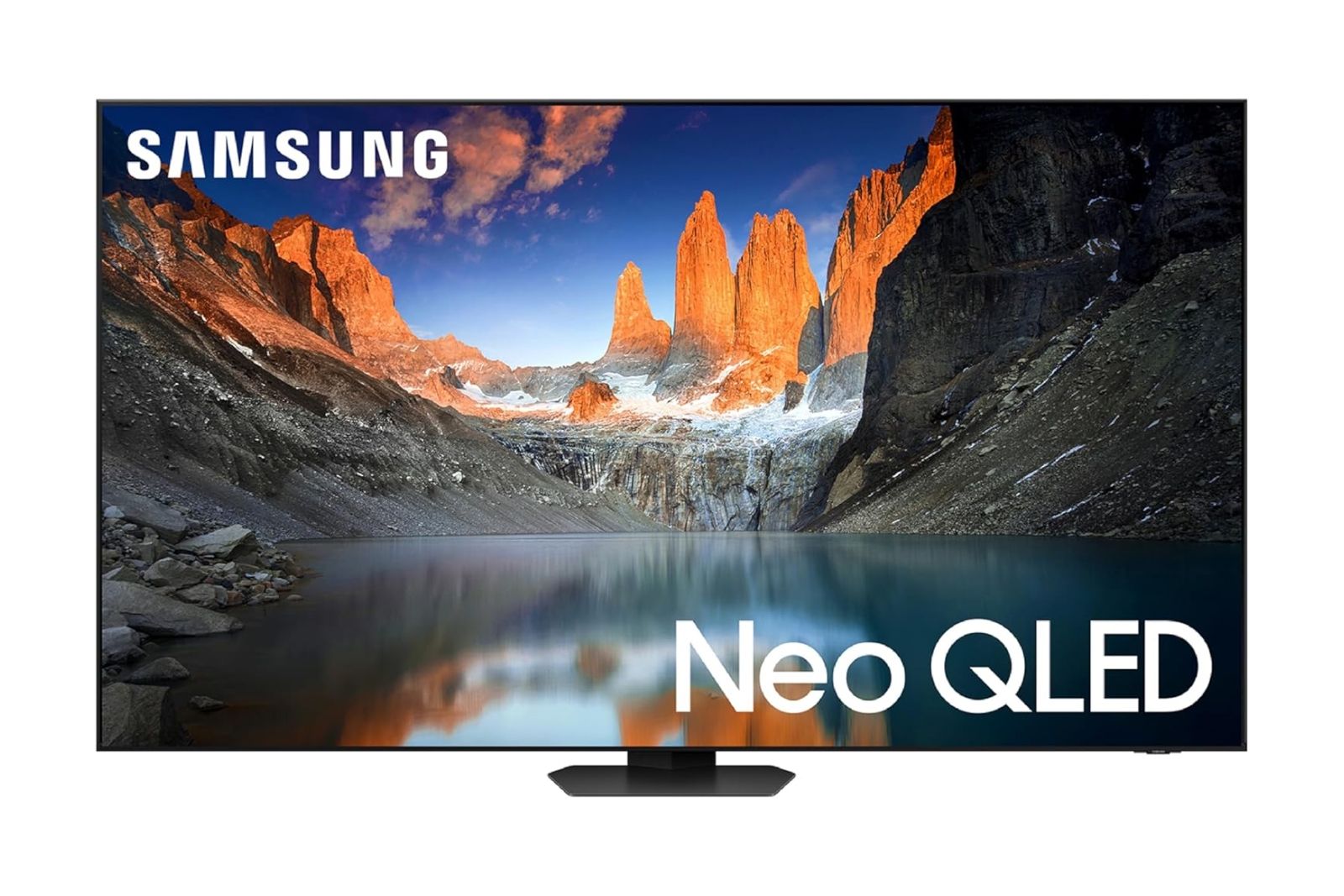
Samsung Neo QLED 4K QN90D
Samsung’s Neo QLED 4K can upscale video content to 4K and comes with the company’s Samsung Game Center and supports Dolby Atmos. It comes in 43, 50, 55, 65, 75, 85 or 98-inch models.
The 4K version of Samsung’s 2024 Neo QLED TV is even larger than the 8K version, measuring 43 inches on the small end and a whopping 98 inches on the big end. Samsung’s Neo QLED 4K QN90D uses the NQ4 AI Gen 2 processor, which naturally can only upscale content to 4K resolution, not the 8K resolution of other Neo QLED TVs.
However, you still get True Depth Enhancer Pro and Samsung’s motion smoothing technology for the TV’s 144Hz refresh rate display. Don’t underestimate Samsung’s Game Center and Dolby Atmos support, but in a way, there’s little way to differentiate between the company’s different TVs.
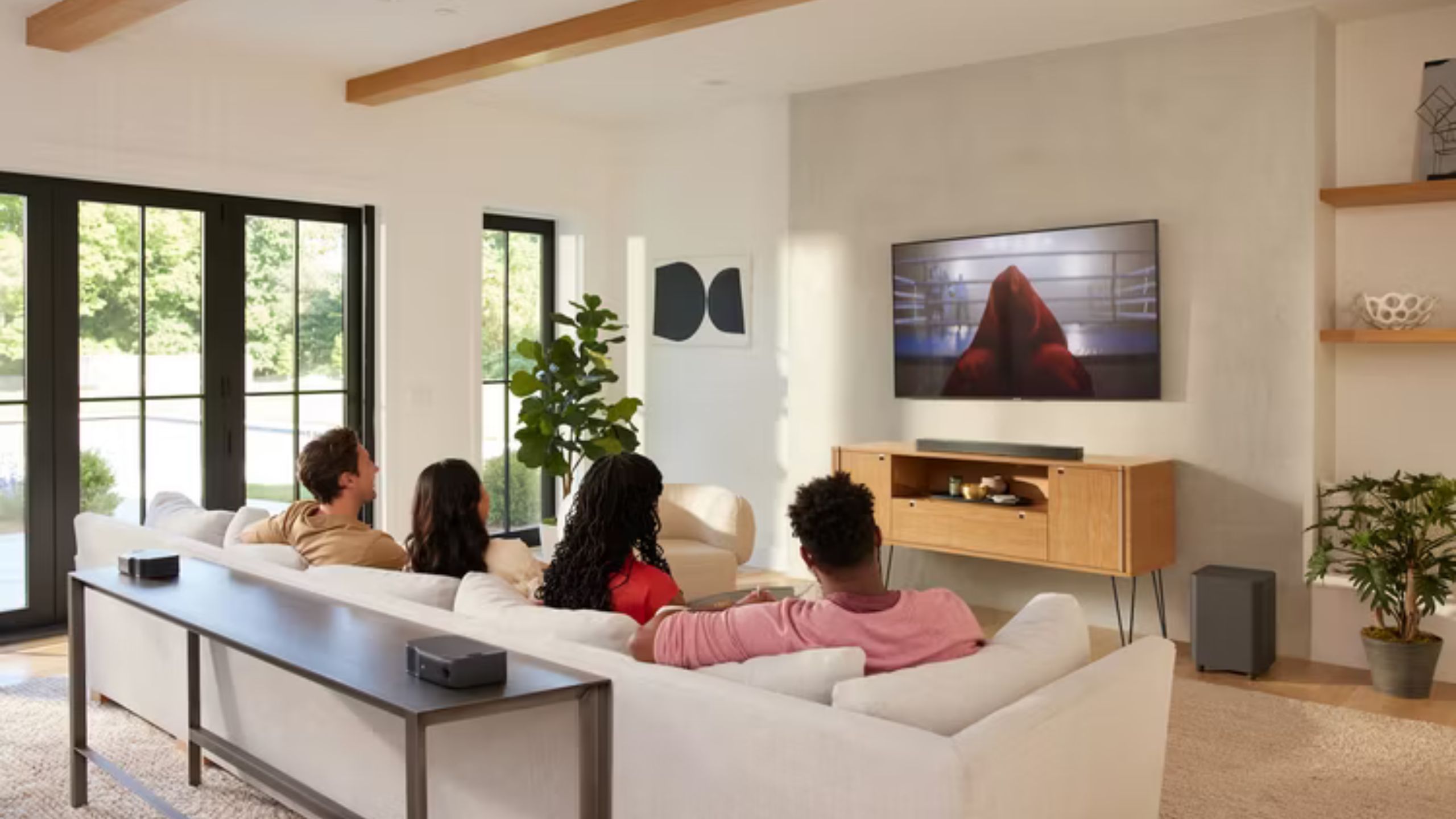
The best Dolby Atmos speakers: Spatial audio for your home
Transform your living room into a home theater with these surround sound systems.
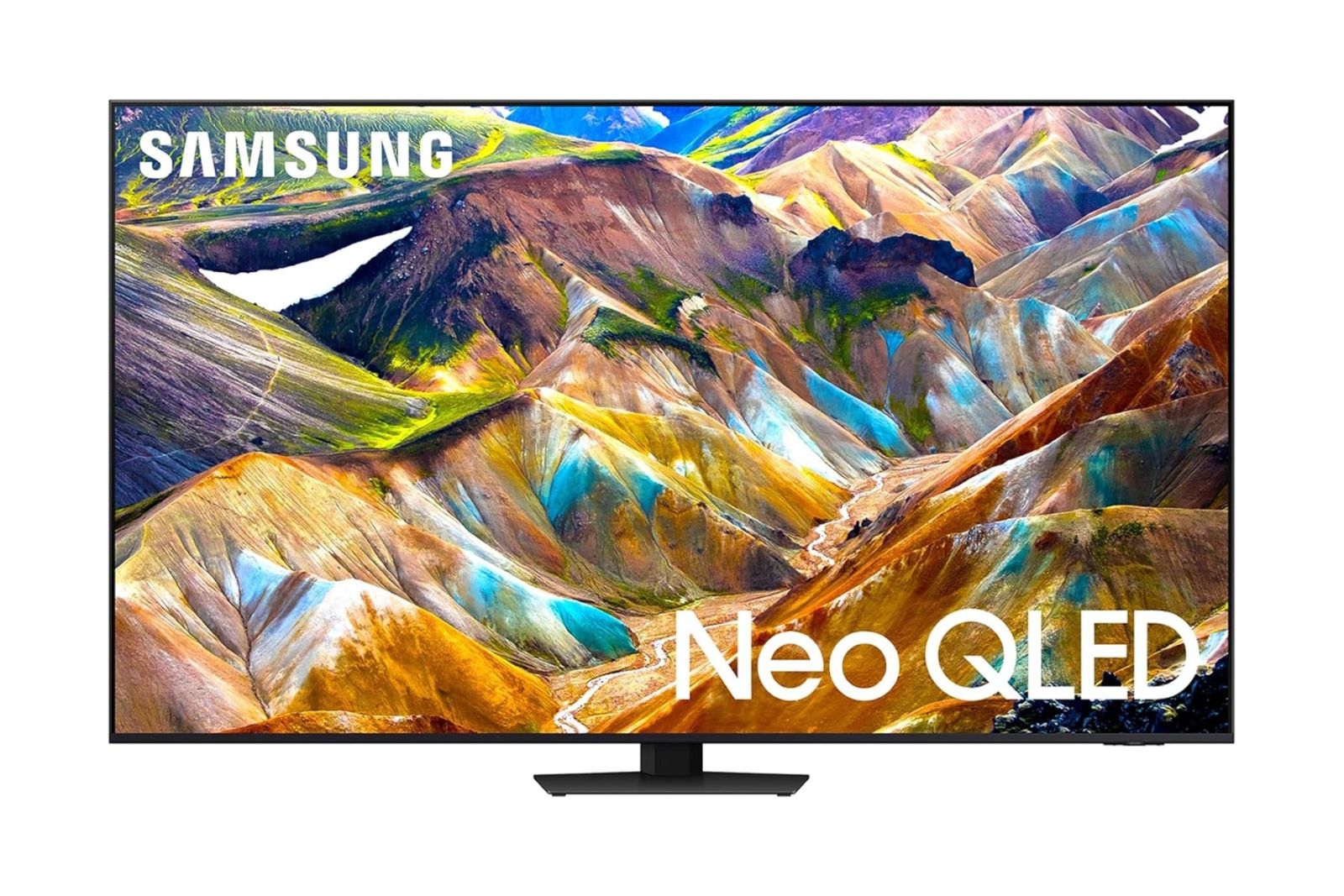
Samsung Neo QLED 4K QN85D
Samsung’s cheaper Neo QLED 4K TV has nearly all the same features as its more expensive counterpart, just with a lower 120Hz refresh rate. It comes in 55, 65, 75 and 85-inch models.
Take the Samsung Neo QLED 4K QN85D, for example, which has the same processor, AI upgrades, and software features as the more expensive QN90D. Both models also feature physical ports on the bottom and sides of the TV, rather than breakout boxes. The difference between the two is that the QN85D has a lower refresh rate. In this case, the frequency on the QN85D is 120Hz, while the frequency on the QN90D is 144Hz.
Samsung
Samsung 4K OLED TV
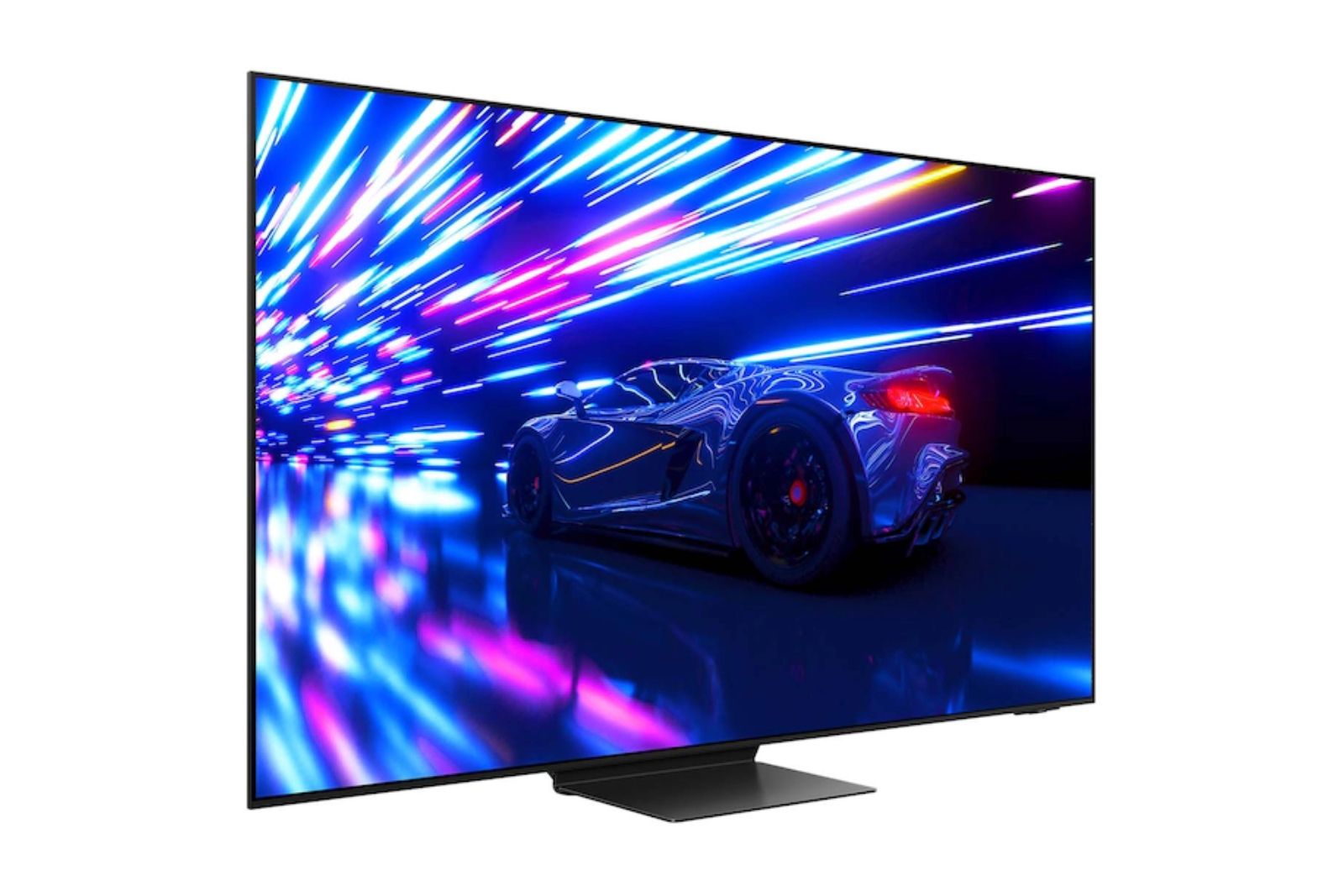
Samsung OLED S95D
Samsung’s 2024 high-end OLED features an ultra-slim design that forces its ports onto the breakout box while supporting the company’s customary 4K upscaling. Available in 55-inch, 65-inch and 77-inch models.
In Samsung’s low-end product line, the company’s OLED TVs come in two versions. The Samsung 4K OLED S95D features an ultra-thin design similar to the Neo QLED 8K monitor, with the physical ports removed from the TV body, leaving only a connector to the breakout box that can be easily hidden to cover up the common clutter of connecting a TV of cables. The S95D also features AI upscaling to 4K resolution, previously detailed depth enhancement, Dolby Atmos support, and Samsung’s HDR Pro technology that improves the contrast between light and dark colors on the display.
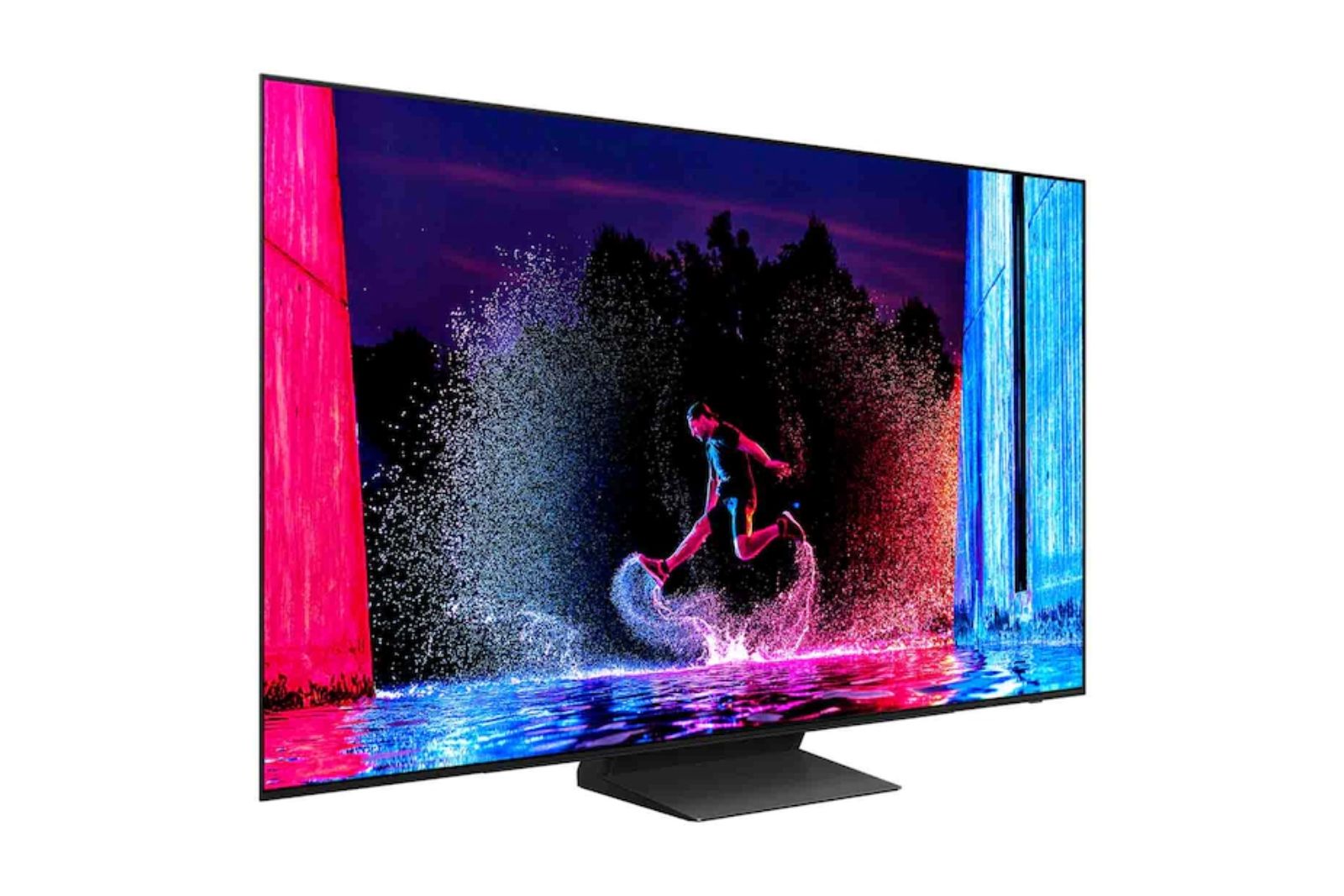
Samsung OLED S90D
Cheaper Samsung OLED TVs have physical ports that eliminate the need for a breakout box, support AI upscaling to 4K resolution, and have Samsung Game Center for streaming games. Available in 55-inch or 65-inch models.
The Samsung 4K OLED S90D, meanwhile, actually has ports and is designed to look like a piece of ultra-thin glass glued to a rectangular base. The upgrades, depth enhancement, motion smoothing and Dolby Atmos you know and love are also on this model, as are software features of Tizen OS such as Samsung Game Center. One major difference between the S90D and S95D is that it only supports HDR+, which means it’s technically darker than the S95D, and has a maximum size of 65 inches.
FAQ
Q: What is the difference between QLED and OLED?
OLEDs are “organic light-emitting diodes,” which are small dots of carbon-based lab-grown material that have been filtered so their natural white light can represent any color a TV needs. This generally results in better color saturation, deeper blacks, and better HDR than other TVs, but you can experience screen burn if you’re not careful or if your OLED TV isn’t built correctly.
Neo QLED and QLED are display technologies created by Samsung that pair Neo QLED’s Mini LED backlight or regular QLED’s LED backlight with a layer of crystals or “quantum dots” (the Q in QLED) that display different colors depending on their size. color. This enables higher brightness levels and, in the case of Neo QLED, advanced features such as local dimming. One isn’t necessarily better than the other, but Samsung’s Neo QLED panels tend to be paired with more premium TV designs.
Q: Why does Samsung use breakout boxes for ports?
Overall, Samsung is trying to create the illusion that its high-end TVs are thinner than the competition, and one of the easiest ways to do this is by moving connectors like the HDMI ports, which can take up quite a bit of space on the TV. Connects to separate accessories such as the One Connect box. Junction boxes also make it easy to manage cables, given how many people install TVs. You can hide everything that would normally be connected directly to your TV in a cabinet or media console.
